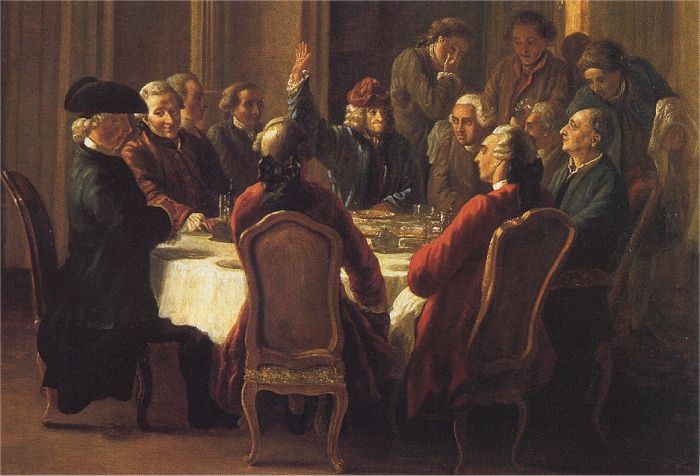Art has no cultural boundaries. More than the differences are interesting and engaging the similarities across arts, science, innovation and entrepreneurship. Seizing their connections is a climb to paradise that, to ascend the thin walls of ice and overcome impervious discontinuities, requires the gifts of inspiration and creativity. Quantitative models and demonstrations may be resorted to only as a subordinate action. John Maynard Keynes’s scepticism about confining economists within the fence of the mathematical method should be extended to the whole field of human sciences, where complexity reigns and the slightest changes produce effects of great proportions.
Creativity, imagination, skill and mastery are words that are associated with but not limited to painting and sculpture, music and dance, theatre and film, literature, and interactive media.

The ancient art of drawing a regular, elegant and ornate writing meets with the automated machine that performs mathematical calculations and processes data.
By attending the course of the Trappist monk Robert Palladino, Steve Jobs takes the opportunity to combine the art of calligraphy with the style of typefaces that has made his Mac stand out. There are the arts of entrepreneurship and innovation that are part of the art of conversation. Commerce and innovation are made by conversing – the Italian abbot and economist Ferdinando Galiani said in the eighteenth century.
The philosophes of the Enlightenment exalted the art of conversation as a culture of imagination, exploration, experimentation and creation, in a dynamic balance between introspection and open-mindedness, which touches the most sensitive chords of human inventiveness projected onto future events. There is the art of science, which is investigation like the other arts with which it has in common the words mentioned above. Today, the divide that occurred after the 17th century between art, on the one hand, and entrepreneurship, innovation and science, on the other, is going to be bridged. The increasingly intense debate between science and humanism has already shed light on the compatibility and virtuous interactions between the infinite facets of the ‘Art’ prism.

In those open, borderless spaces, mutual influences are commonplace. In the Age of Enlightenment, strongly permeated by a rationalist spirit, the planned form of beauty was proclaimed, which did not allow fragmentations caused by particular and personal states of mind. In the following age, as the industrial revolution progressed, planning was the ‘perfect’ shape that, using the tools of command and control, the art of management gave to manufacturing production, as opposed to the disorderly and, therefore, imperfect nature of the artisan workshops of the proto-industrial age. The new world of the factory with its machines and the work of the blue collars had its bard in the French painter Fernand Léger, a sort of artist-builder who symbolized the culture of modern planned industry.
The English-style romantic gardens, so called because of their free and irregular forms, as well as the visionary paintings of the romantic artists Caspar David Friedrich and Joseph Mallord William Turner are associated with the visionary innovators who create commercial paths in territories unknown to the rulers of the current business regime.

From the side of entrepreneurship and innovation, in the neo-renaissance entrepreneurship of the Twenty-First century, digital craftsmen innovators create artefacts that are works of art.
Borderless art is appreciated by practicing transdisciplinarity that breaks down disciplinary barriers and admiring the beauty of imperfection, as the performance German artist Joseph Beuys advocated. There is a lot to learn by playing while experimenting. The scene is not taken by the experts who teach, but by the experimenters who learn in a playful way. Along the trail, the explorer will pose questions to which she will provide answers with imagination and creative ignorance, the one that comes after the knowledge accumulated through study and experience.

Such an exploration precedes and heralds the meeting of artists with entrepreneurs and innovators in the economic field. Starting from experimentation in the art of miniature, the carpenter Ole Kirk Kristiansen lays the foundations of the Lego Group, the Danish toy manufacturer (the plastic “bricks”), transforming an artistic manufacture into a great success of industrial production. One example among many of the countless connecting threads woven by art.
moc.liamg@acimrof.oreip










